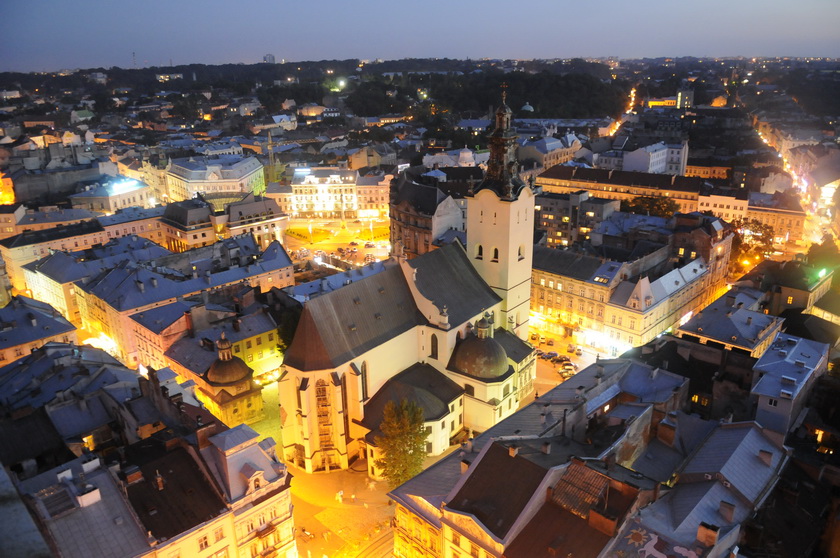International Scientific Conference “Chemical Technology and Engineering” is being held at Lviv Polytechnic National University (Lviv, Ukrane).

Lviv can rightly be considered as a cultural capital of Ukraine. Lion’s City is a wonderful and unique place with the spirit of antiquity and rich in exceptional monuments and history ranging from cozy paving streets with beautiful buildings to hospitable residents of the city and friendly waiters in the original cafes.

Lviv is located on the foothills of Carpathians in the upstream Poltva river, left tributary of Western Bug, on the western border of Ukraine 80 km from Poland. Lviv was founded in the mid XIII by King Danylo and named in honor on his son Lev. Аccording to historical data a settlement on the territory of Lviv existed since V century BC.

It is one of the most amazing cities in our country, historical sites of which do not cease to surprise by its charm, versatility and unique value. Market Square is a centre of political, social, cultural, and commercial life of the city for 500 years, the heart of Lviv, the historic beginning of Europeanization of Ukraine.

The Market Square in its present appearance is the layering of architectural ideas of many creators and many ages, which however have one common feature – the continued coherence and harmony. It breathes by calmness, confidence, optimism and humanity of European Renaissance era from all its buildings.

All building of the square are different and unique, but at the same time as though related to each other by one idea. Each house is a separate and complete character. The houses’ size is phenomenally matched to a man, and we feel as if surrounded by a cozy interior. Buildings are not too high and not too small, none of them pulls out of the total ensemble by size, height or style. Over the years, the city absorbed the best cultural, architectural and artistic traditions of Europe.

Due to its location Lviv became the link between the western and eastern regions, which favourably influenced the development of the city as a centre of technological innovation, namely: there were kerosene and a kerosene lamp invented, the first Ukrainian printed book have been appeared, and first brewery in Ukraine was founded in Lviv.

History of Lviv cafes is only a small piece of the big life. Who among Lviv inhabitants do not know Yuriy Kulchytsky, who has been accustomed to the Viennese coffee, and caused true coffee boom in Lviv.

The oldest fans have a lot of memories about Lviv cafes of XVII – XIX and of XX centuries. In particular, it is known that coffee began its triumphal march to the conquest of Lviv audience from sweetshops.

Lviv Polytechnic National University has 200 years of nurturing the scientific and pedagogical traditions. This is one of the oldest technical higher educational institutions in Europe and the first of its kind in Ukraine. After a long and glorious way of its formation and development, Lviv Polytechnic took rightful place among the most prestigious universities in our country. Its history is rich with famous events and famous names.

The main building was built in 1873-1877 for Lviv Technical Academy by architect Julian Zakhariyevych. Building is a typical example of an educational institution the period of historicism, whose architecture combines the neoclassical motifs and Italian Neo-Renaissance.

The astronomical observatory which still operating today is located in the building. The façade of the main building of Lviv Polytechnic topped with a sculpture of three figures by Academy Professor Leonard Marconi. Allegorical female figures symbolize engineering, architecture and mechanics – the three departments, which then had located in the building. On the attic it is written by large latin letters: LITTERIS ET ARTIBUS, which means “by Science and Art”.

The assembly hall of the main building of Lviv Polytechnic National University is decorated with 11 oil paintings created in the 80s of XIX century by famous Polish artist Jan Matejko.

The ninth, chemical, building of Lviv Polytechnic is a former chemical laboratory built in 1873-1876. The architect of the building has been also Julian Zakhariyevych.

The building is placed apart at the site near St. George’s Cathedral, behind the main building of Lviv Polytechnic.

Hope to see you at the Conference at Lviv Polytechnic soon!
